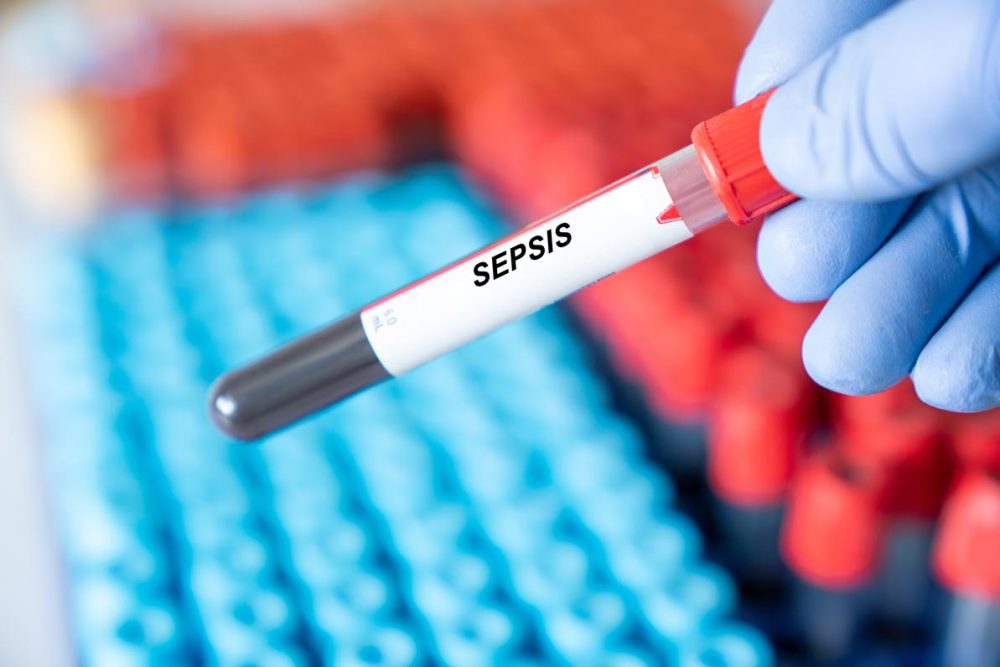Advertisment
Could a simple blood test transform sepsis outcomes?

One of the persistent challenges in treating sepsis is the lack of timely diagnosis, as there is no singular diagnostic test that reliably detects sepsis. Current practices rely on broad-ranged biomarkers such as CRP (C-reactive protein, an inflammation marker), PCT (procalcitonin, a pro-hormone), and lactate for the detection of sepsis.
Now, researchers from Lund University in Sweden have identified distinct molecular signatures associated with the clinical signs of the condition. The findings could provide more accurate diagnosis and prognosis of sepsis, as well as help to target specific therapies at patients who would benefit most, according to new research to be presented at the European Congress of Clinical Microbiology and Infectious Diseases (ECCMID 2024).
‘A simple blood test when combined with a personalised risk model has the potential to save lives by providing more accurate sepsis diagnosis and determining who may go on to develop severe clinical manifestations,’ says Dr Lisa Mellhammar from Lund University. ‘It’s vital that patients with suspected sepsis are identified prior to the onset of organ failure. Given the challenges associated with timely diagnosis and the fact that sepsis kills millions of people around the world every year, there is an urgent demand for an alternative approach.’
The researchers set out to investigate the distinct proteomic signatures (unique patterns of proteins which are associated with immune response in patients with sepsis) associated with different clinical symptoms and outcomes, such as different organ dysfunctions and infections.
They included 1,364 plasma samples from randomly selected adult patients with suspected sepsis admitted to the emergency department at Skåne University Hospital between 1st September 2016 and 31st of March 2023. Overall, 1,073/1,364 patients had an infection, and of these 913 had sepsis.
Mass spectrometry was used to analyse the plasma samples and generate comprehensive molecular maps to better understand patterns of proteins that were predictive of septic shock. Each protein panel was then combined into a molecular signature to train a machine-learning model, allowing researchers to predict which patients would develop septic shock with high accuracy.
Patients were classified into low, medium, or high probability of developing septic shock and the model was able to show how increasing risk was associated with higher mortality.
The researchers also identified panels of proteins that were predictive of six different types of organ dysfunction (cardio, central nervous system, coagulation, liver, kidney, and respiratory) and infection. They analysed the biological processes associated with each panel to show how their unique proteome signatures influence sepsis.
Patients were then classified into five risk categories based on the probabilities of having organ dysfunctions and infection and the risk of dying.
‘It’s difficult to predict who will get sepsis, who will recover, and who will have poor outcomes,’ says Dr Adam Linder, Lund University. ‘We urgently need better ways to understand sepsis at the molecular level so we can classify suspected sepsis patients according to the clinical manifestations of their illness and identify high-risk patients and develop more effective treatments.’





